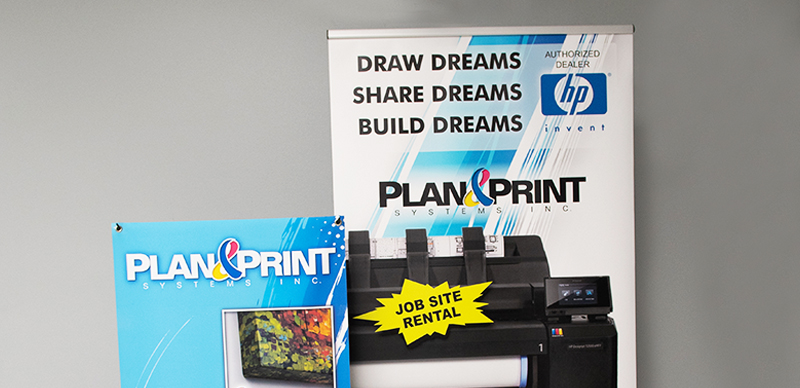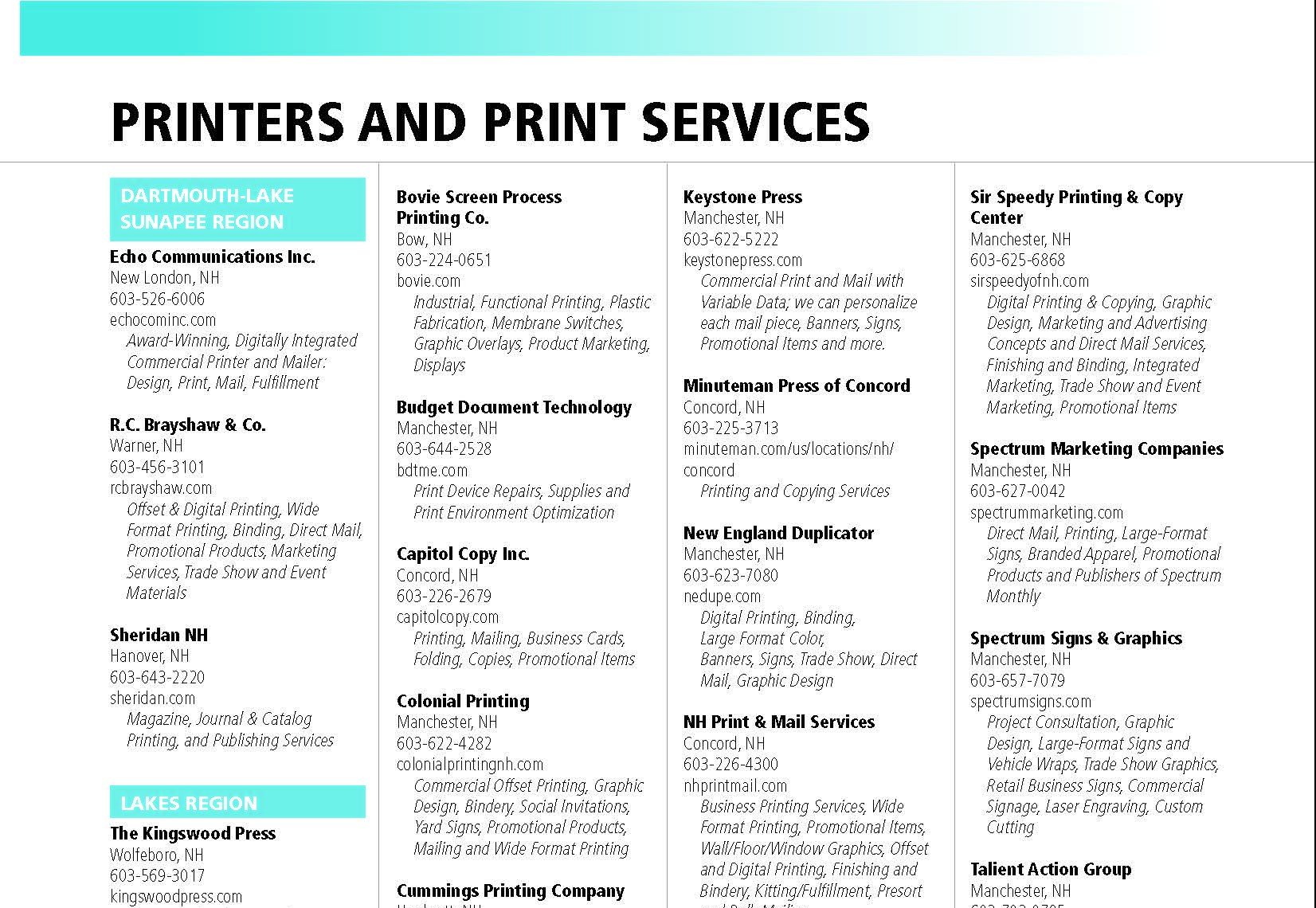Top-Notch Prints at Competitive Prices – Choose a Reliable Print Shop for Eye-Catching Output
Top-Notch Prints at Competitive Prices – Choose a Reliable Print Shop for Eye-Catching Output
Blog Article
Comprehending Just How Printing Services Work to Supply Remarkable Quality for Your Publications and Directories
An in-depth understanding of printing solutions is crucial for achieving exceptional high quality in publications and directories. The journey starts with pre-press preparations, where essential decisions pertaining to format and shade adjustment are made. Picking the ideal printing approach-- whether digital or offset-- functions as a structure for meeting details task requirements. The option of top quality materials and the execution of rigorous proofing procedures play important roles in the last result. The nuances of finishing touches often establish the general effect of your published products, raising the inquiry of just how to navigate these complexities efficiently.
The Printing Process Explained
The printing process is a multifaceted procedure that transforms digital layouts into concrete products. It commonly begins with pre-press preparation, where data are formatted and optimized for printing. This stage consists of color improvement, format changes, and proofing to guarantee that the last item fulfills quality expectations. Once the data are ready, the following action entails selecting the ideal printing technique, such as digital, countered, or flexography, each with its own advantages relying on the job's demands.
Adhering to the option of the printing strategy, the manufacturing phase starts. For offset printing, plates are created to move ink onto paper, while electronic printing uses electronic documents to publish straight onto substrates. Print Shop. Throughout this stage, careful attention is paid to color accuracy and picture resolution to maintain the integrity of the initial style
Post-press processes such as cutting, binding, and completing are important for the final presentation of published materials. These processes make sure that publications, magazines, and other published items are not only aesthetically enticing however likewise functional and durable. The entire printing operation, from pre-press to post-press, calls for experienced specialists to supply remarkable top quality and fulfill client assumptions efficiently.
Picking High Quality Products
Selecting high quality products is a crucial facet of the printing process that straight affects the end product's toughness, look, and overall influence. The selection of paper, ink, and binding materials plays a considerable duty in identifying how your publication or directory is viewed by its audience.
When it pertains to paper, consider factors such as weight, finish, and structure. A larger paper not just really feels a lot more substantial but additionally boosts the visual top quality of published images. Distinctive options can add a responsive measurement, making the analysis experience much more engaging. Additionally, picking acid-free paper can stop yellowing and degeneration in time, guaranteeing your job stands the test of time.
The selection of ink is equally essential. High-grade inks give vivid shades and sharp details, which are important for making photos and illustrations stand out. Eco pleasant inks can appeal to eco-conscious customers, adding value to your product.
Finally, the binding materials should be resilient yet versatile, allowing for ease of usage. Options like best binding or hardbound can dramatically influence the durability and aesthetic of the completed product. Inevitably, choosing quality products will certainly enhance the general presentation and effectiveness of your printed materials.
Printing Methods and Technologies
While various printing techniques and innovations have actually advanced for many years, each method serves distinct functions and uses distinct benefits that can considerably impact the top quality and cost-effectiveness of published materials. Among one of the most common strategies are electronic printing, balance out printing, and gravure printing.
Digital printing is known for its adaptability and speed, making it suitable for brief runs and on-demand printing. Conversely, counter printing, which uses a plate to transfer ink onto paper, is liked for large quantity runs due to its cost performance and premium outcome.
Gravure printing, usually utilized for long-run publications, involves etching pictures onto a cyndrical tube. This method uses exceptional photo high quality and is extensively employed for magazines and packaging. Each of these modern technologies has details applications, and comprehending their staminas is critical for selecting the appropriate printing solution, ensuring that the end product fulfills both financial and my company visual requirements.

Proofing and Quality Assurance
Reliable proofing and quality assurance are indispensable parts in the printing process, ensuring that the end product lines up with the intended style and fulfills client expectations. This stage begins with the creation of evidence-- initial versions of the published material-- which can be either electronic or physical. These evidence permit clients to assess layouts, shades, and overall layout before mass manufacturing starts.
This includes thorough checks at numerous phases of the printing process. Printing specialists examine color accuracy, photo resolution, and consistency across batches.

Eventually, efficient proofing and extensive quality assurance not just improve customer contentment but also minimize waste, time, and expenses related to reprints. By focusing on these components, publishing solutions can supply books and brochures that genuinely reflect the vision and assumptions of their customers.
Last Touches for Presentation
The final touches for presentation are essential in elevating the general impact of printed materials, ensuring they not just share information yet also captivate the target market. This phase incorporates various aspects that enhance both appearances and functionality, adding to a polished Full Article product.
One substantial element is the selection of binding, which can substantially affect the functionality and visual charm of books and magazines. Options such as perfect binding, saddle stitching, or spiral binding need to line up with the planned use and target market preferences. Furthermore, the option of covers-- be it difficult or soft-- adds an added layer of elegance.
Moreover, ending up techniques such as embossing, area, or lamination UV coating can supply appearance and visual rate of interest, making the published products much more engaging. These functions not just protect the product however additionally create an unforgettable responsive experience for viewers.
Conclusion
In recap, the printing procedure incorporates numerous important phases that jointly contribute to the production of top quality books and catalogs. From careful pre-press preparation to the selection of suitable printing techniques and products, each component plays a crucial function in the last outcome.
An in-depth understanding of printing solutions is critical for accomplishing outstanding high quality in books and directories. For countered printing, plates are developed to move ink onto paper, while digital printing makes use of digital documents to publish directly onto substrates. The whole printing procedure, from pre-press to post-press, calls for experienced specialists to provide remarkable top quality and satisfy client assumptions properly.
Digital printing is recognized for its flexibility and rate, making it ideal for short runs and on-demand printing.Reliable proofing and high Continue quality control are essential parts in the printing process, guaranteeing that the last product straightens with the designated style and fulfills customer expectations.
Report this page